Face-Off: Google Home Max vs. Apple HomePod vs. Sonos One
From design and smart home capabilities to sound quality and value, here's how these premium smart speakers compare.
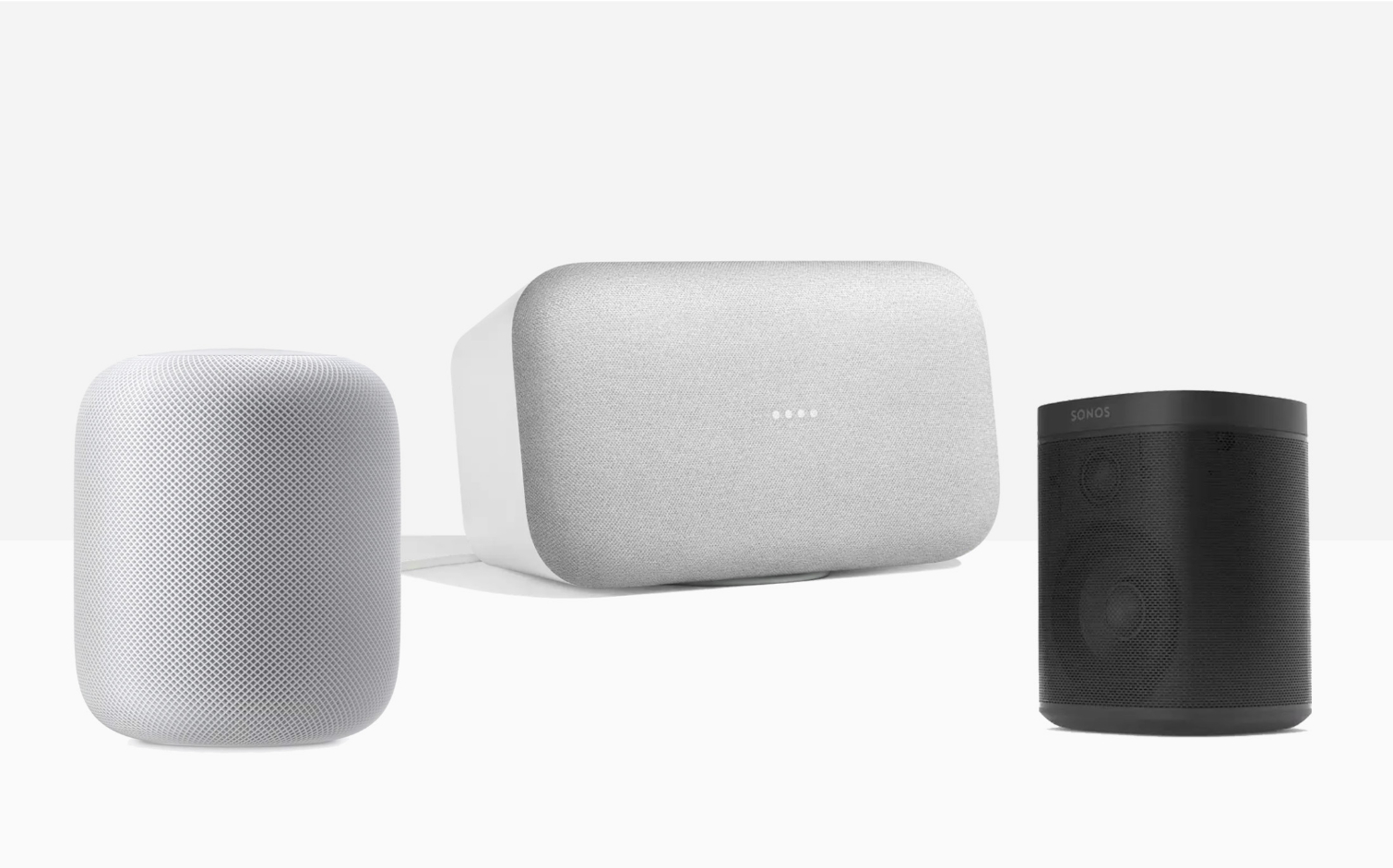
With the Google Home Max, the Sonos One, and the Apple HomePod, there are now three audio-centric smart speakers coming out this year. But which one is destined to dominate living rooms? We take an initial look at what each of these speakers offer.
Specs at a glance
| Row 0 - Cell 0 | Apple HomePod | Google Home Max | Sonos One |
| Price | $349 | $399 | $199 |
| Size (inches) | 6.8 x 5.6 (dia) | 13.2 x 7.4 x 6 |
Design
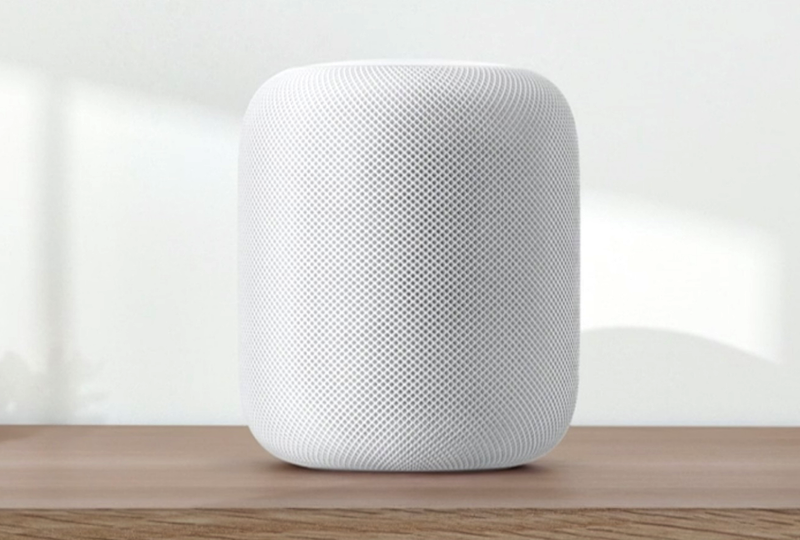
The cloth-covered Apple HomePod has a cylindrical design (6.8 inches tall by 5.6 inches in diameter), and its top has a touchscreen that lights up when it's listening to you. It will come in either white or space gray.
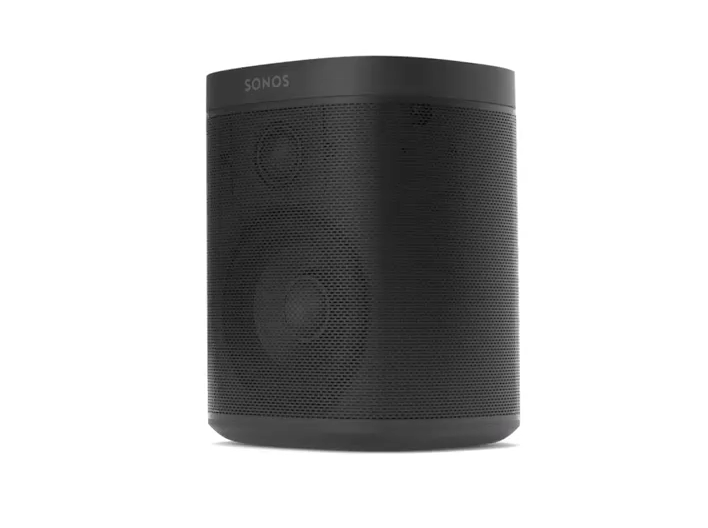
The Sonos One, borrowing from the older Sonos: Play, has more of a plastic rectangular design, but with rounded edges. While its top doesn't have the fancy light display of the HomePod, it does have controls for adjusting music and audio. At 6.36 x 4.7 inches in diameter, it's the smallest of the three speakers, and also comes in black or white.
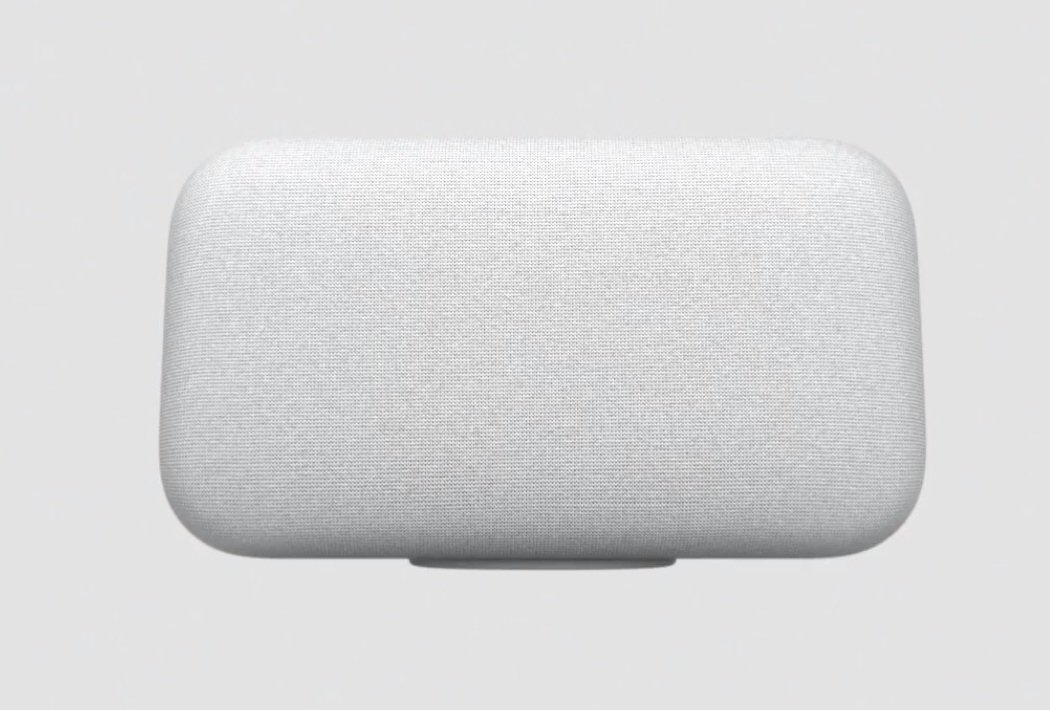
The Google Home Max also has a cloth-covered face, but has the most traditional speaker-looking shape of the three. It's also the largest, at 13.2 x 7.4 x 6 inches, and will also be available in white or black.
Early Winner: Apple HomePod. Although this is subjective, it has the most pleasing design of the three.
Audio
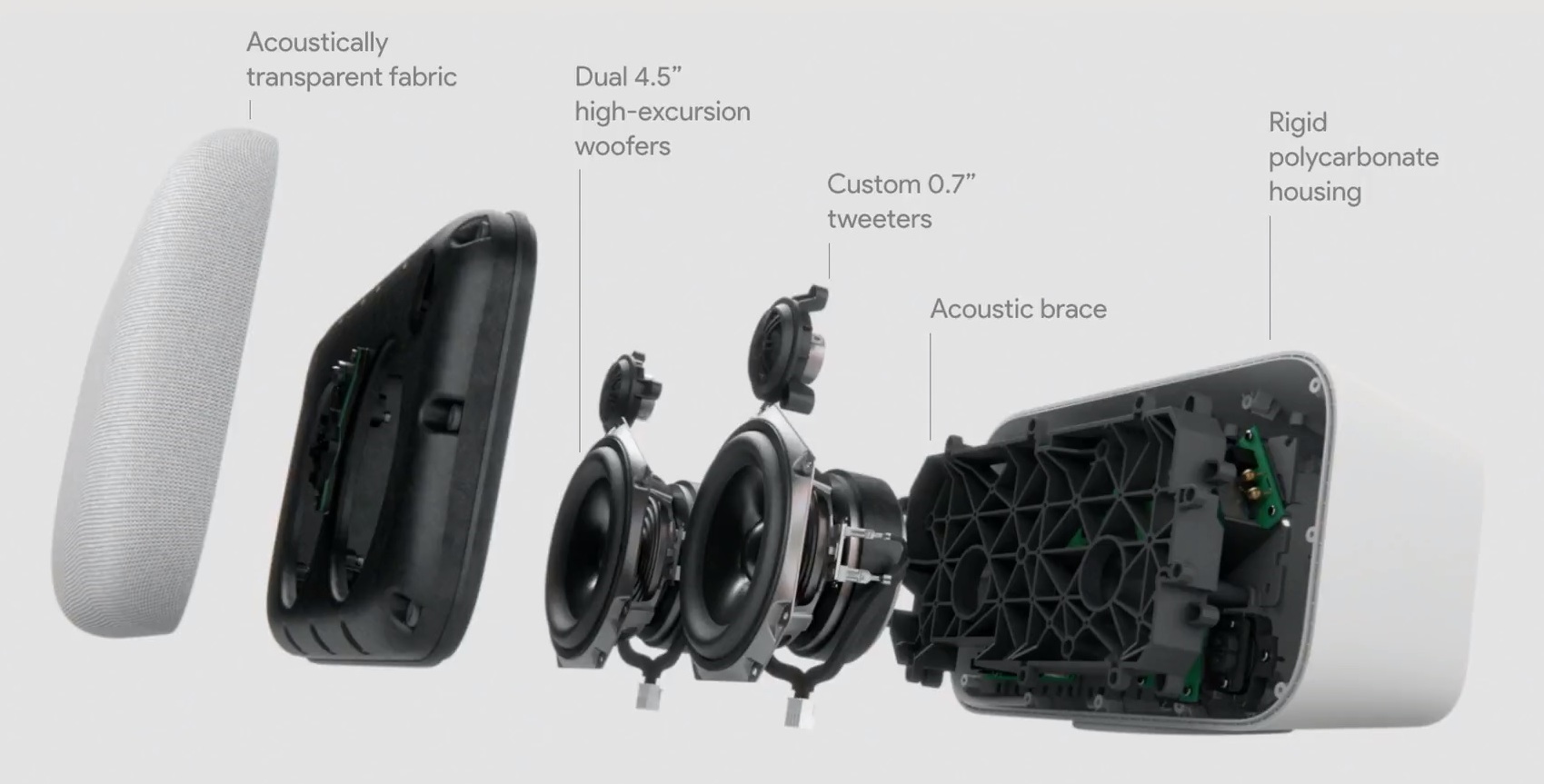
While we have yet to listen to all three side by side, the Google Home Max looks to be the early winner when it comes to pumping out sound. It has two 4.5-inch woofers, as well as two 0.7-inch tweeters. By comparison, the HomePod has seven tweeters arrayed along the bottom, as well as a single up-firing 4-inch woofer. The Sonos One has just one tweeter and one mid-woofer, but it does have dual amplifiers.
All three speakers also use their built-in microphones—six each for the HomePod and the Sonos One—to acoustically map the room they're in, and to optimize the audio output to the room they're in.
Both the Sonos One and Google Home Max speakers can be paired, so that you can get true stereo sound.
Early Winner: Google Home Max. Bigger speakers = bigger power.
Music Streaming Services

As a third-party, Sonos is the most agnostic of the three speakers, letting you stream music from Amazon Music, Spotify, Apple Music, Google Play, Pandora, and more.
While full details have not been announced, the HomePod looks primarily to be a delivery mechanism for Apple Music alone.
Google Home Max will be able to stream from YouTube, Google Play, Pandora, Spotify, TuneIn, and iHeartRadio.
Early Winner: Sonos. It will be able to stream music from the widest range of sources.
Voice Assistant
Each speaker relies on a different voice assistant to carry out tasks: Sonos uses Alexa, the Home Max uses Google Assistant, and the HomePod uses Siri. Each have their strengths, though Alexa and Google Assistant seem to be making greater strides than Siri.
Although it won't happen at launch, the Sonos One will eventually support both Google Assistant and Siri.
We've pitted Siri against Alexa and Google against Alexa, and Amazon's assistant came out tops in both showdowns. However, we'll be re-evaulating all these services, given their added capabilities.
Early Winner: Sonos One.
Smart Home Capabilities
Amazon's Alexa in the Sonos One works with thousands of different smart home devices (here are some of our favorites). Google Home doesn't work with as many, but it also has an advantage in that it can stream content more easily to smart TVs running the Android TV platform, not to mention Chromecast devices. Apple's HomeKit ecosystem is still miniscule compared to both.
Early Winner: Sonos. Amazon is way ahead of both Google and Apple when it comes to integrating other smart home devices into its ecosystem.
Price
With a price of $399, the Google Home Max is the most expensive of the three speakers; it will be out in December. The Apple HomePod, at $349, is $50 less. It, too, will be available in December. At $199, the Sonos One is the least expensive of the three; in fact, you could get two of them for the price of one Google Home Max. You can pre-order it now, and it will ship on October 24.
Early Winner: Sonos One. Its lower cost makes it the more economical pick.
Outlook
While we're going to reserve final judgment until we actually see how each of these speakers perform, based on this early look, the Sonos One would appear to have an edge. It supports the most streaming services, and its built-in assistant is both more useful and works with more smart home devices than the competition. While on paper, it doesn't look like its speakers stack up to the HomePod and Home Max, its lower cost means you can get two for the price of one of the competition.
Sign up to get the BEST of Tom's Guide direct to your inbox.
Get instant access to breaking news, the hottest reviews, great deals and helpful tips.

Michael A. Prospero is the U.S. Editor-in-Chief for Tom’s Guide. He oversees all evergreen content and oversees the Homes, Smart Home, and Fitness/Wearables categories for the site. In his spare time, he also tests out the latest drones, electric scooters, and smart home gadgets, such as video doorbells. Before his tenure at Tom's Guide, he was the Reviews Editor for Laptop Magazine, a reporter at Fast Company, the Times of Trenton, and, many eons back, an intern at George magazine. He received his undergraduate degree from Boston College, where he worked on the campus newspaper The Heights, and then attended the Columbia University school of Journalism. When he’s not testing out the latest running watch, electric scooter, or skiing or training for a marathon, he’s probably using the latest sous vide machine, smoker, or pizza oven, to the delight — or chagrin — of his family.
